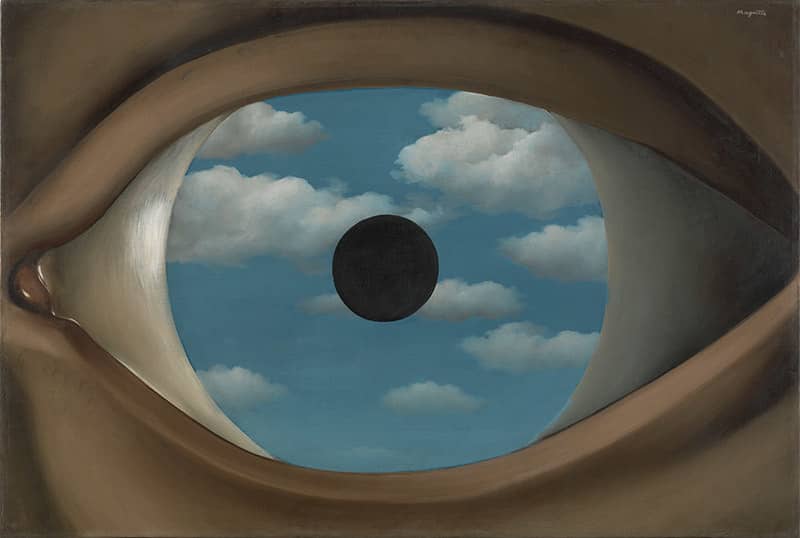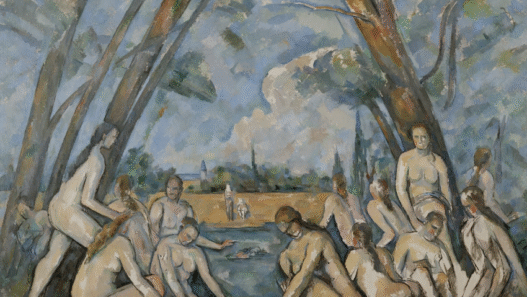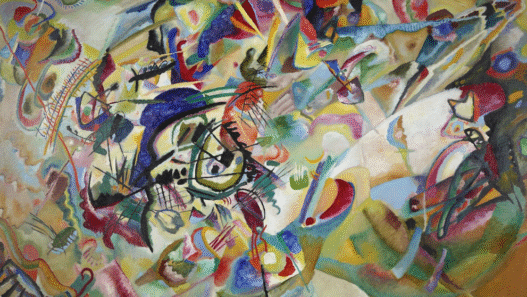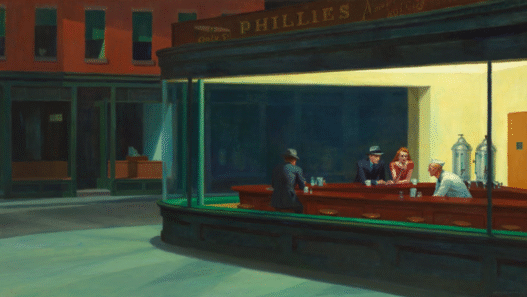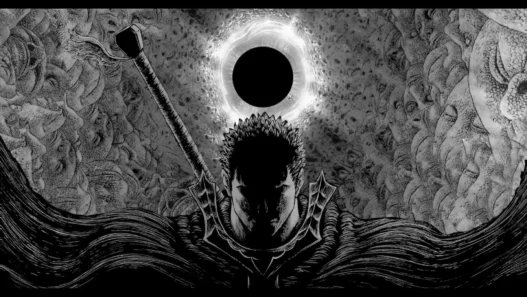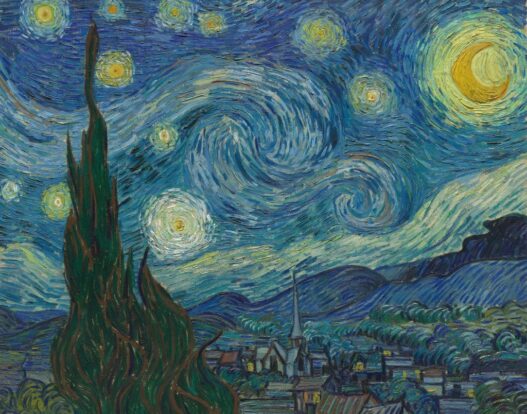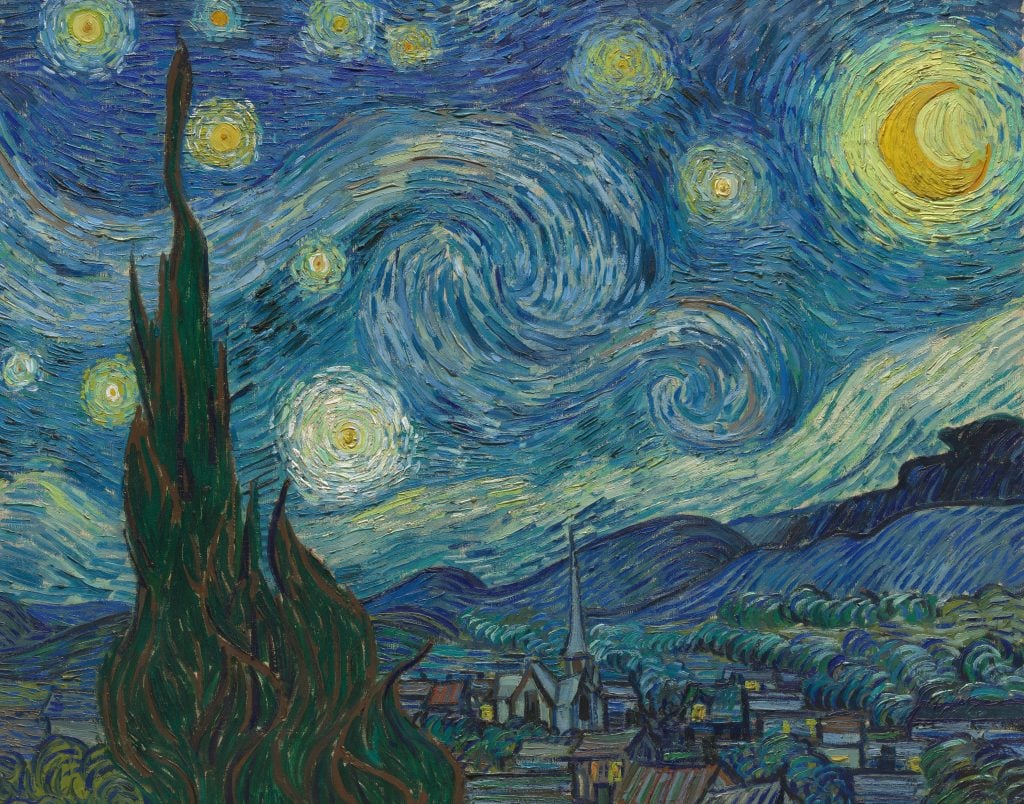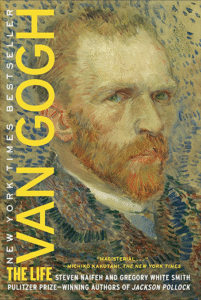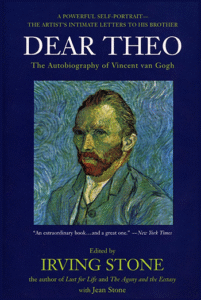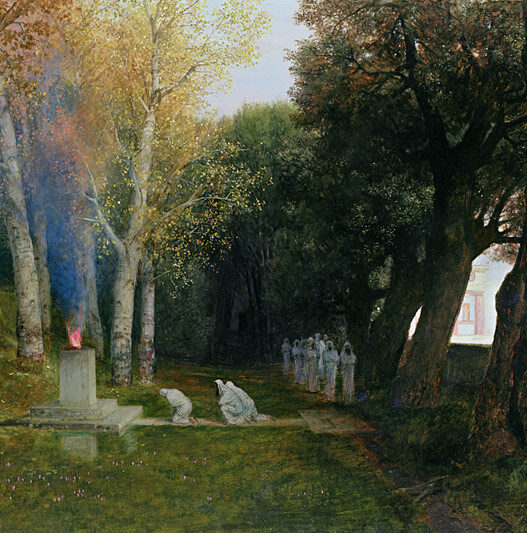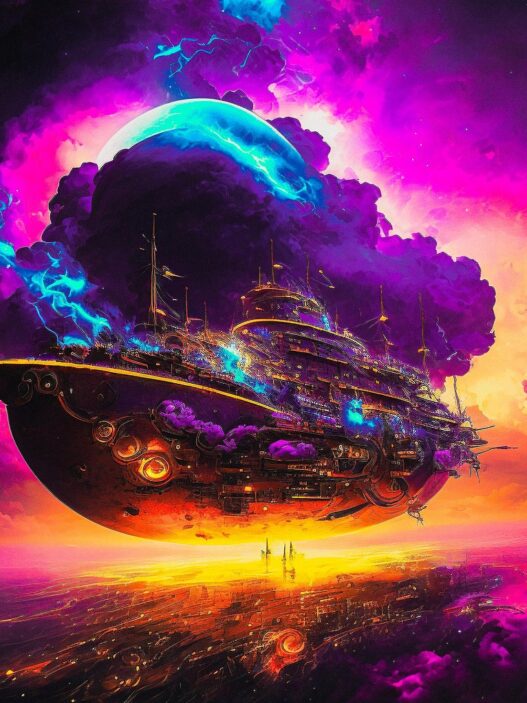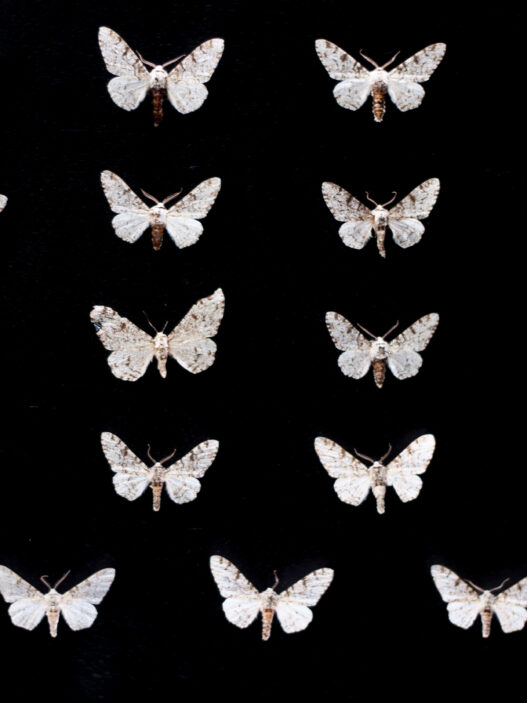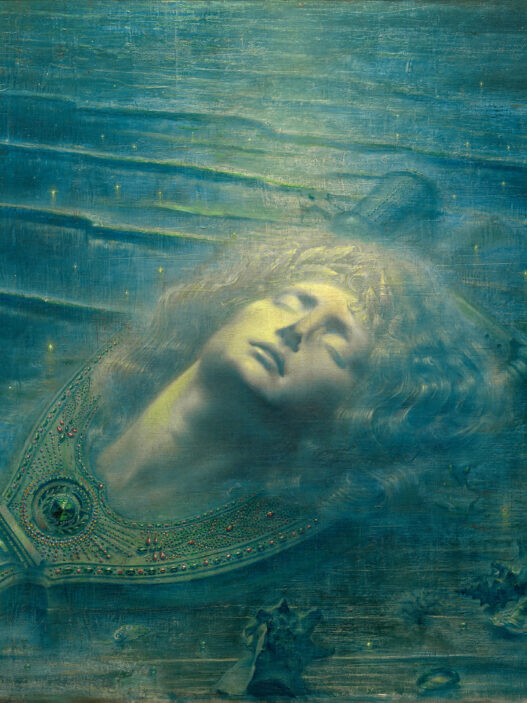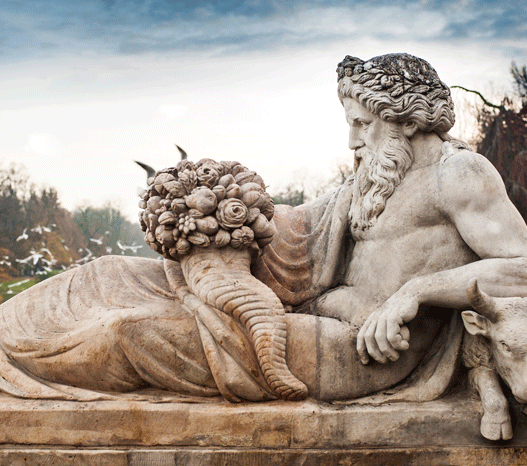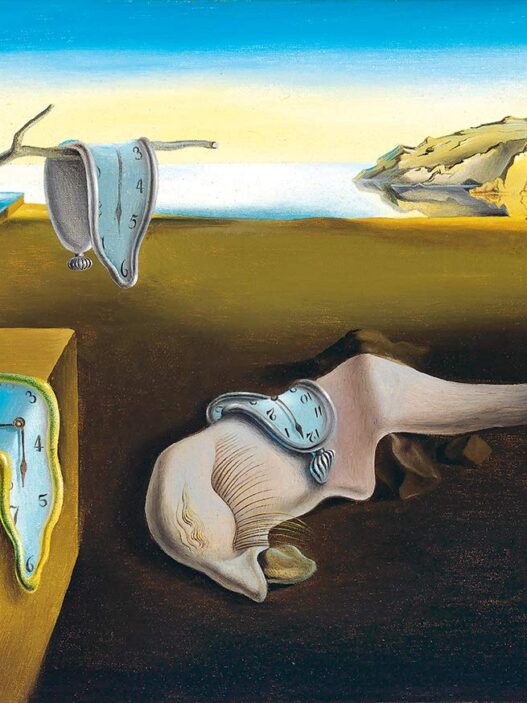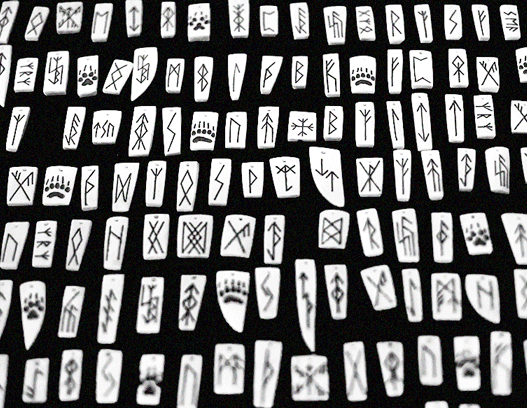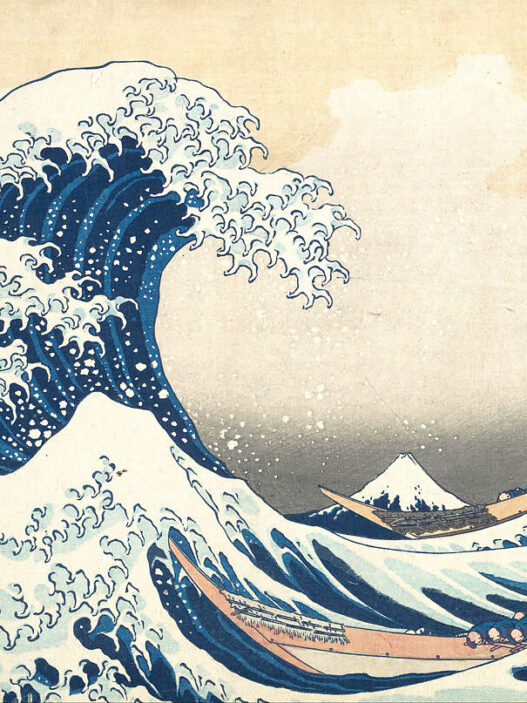Van Gogh once wrote, “Why, I ask myself, shouldn’t the shining dots of the sky be as accessible as the black dots on the map of France?” To him, the sky was both a mirror and a map. It became a place to project longing, despair, and hope.
This idea is central to the symbolism of Starry Night. The swirling night sky reflects not just the heavens but Van Gogh’s emotional state. It captures a sense of cosmic wonder, restlessness, and spiritual searching
One surprising detail about The Starry Night is that Vincent van Gogh didn’t paint it while looking out his window. Instead, he recreated the scene entirely from memory in his studio. The night sky at the Saint-Paul-de-Mausole asylum inspired him. But the swirling heavens and imagined village were shaped by recollection and emotion not by direct observation.
Its dynamic motion may symbolise the tension between chaos and order, despair and wonder. Yet there’s a deep connection to the movement and emotion expressed through each brushstroke.
Before we explore the symbolism of Starry Night, it’s worth mentioning a few books that delve into Van Gogh’s artistic journey.
The first is Vincent van Gogh: The Letters. This comprehensive collection includes over 900 letters, mostly written to his brother Theo, but also to fellow artists and family members.
These letters offer a rare window into Van Gogh’s mind. They reveal his reflections on art, his emotional struggles, and his philosophical insights.
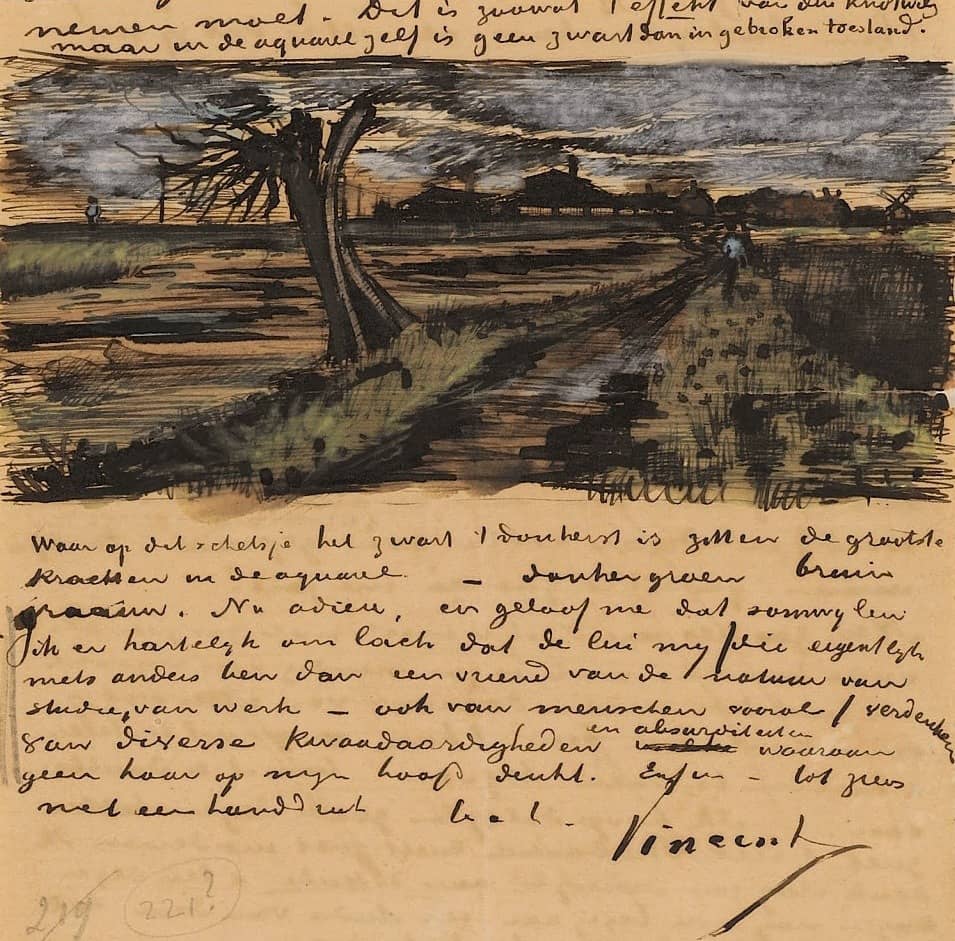
The second book is Irving Stone’s Lust for Life, first published in 1934. It’s a compelling biographical novel that delves into the tumultuous life of Vincent van Gogh.
While the book emphasises Van Gogh’s layered personality, its narrative is grounded in historical fact, primarily drawn from letters exchanged with his brother Theo
Van Gogh’s relationship with Theo was one of compassion, love, and brotherly support, all while sharing an understanding of Vincent’s otherworldly vision
The vivid storytelling offers an intimate view of Van Gogh’s pursuit of artistic expression, set against a backdrop of personal and societal struggle.
Let’s Get Into the Symbolism in The Starry Night
The Starry Bridge Between Worlds
The towering, flame-like cypress in the foreground often unsettles viewers. Traditionally tied to mourning in Western culture, cypress trees were seen as links between earth and sky.
With roots in the ground and branches reaching upward, the tree becomes a symbol of transcendence. Van Gogh, ever sensitive to nature, captured this natural shift through the seasons in his work..
In The Starry Night, the cypress acts like a torch—piercing the veil between the physical and the spiritual. It may represent his yearning for peace beyond suffering or even serve as a mythic tree of life, like Yggdrasil, connecting heaven and earth.
The Sleeping Village of Starry Night
Nestled quietly below the cosmic swirl, the village sleeps. Its small, geometric houses remain still starkly contrasting the living sky. This contrast could symbolise our disconnection from nature or the quiet strength of humanity in the face of cosmic chaos.
The village may reflect Van Gogh’s longing for belonging, memories of home, or a mirror of his inner emotional world.
Some scholars interpret Christian symbolism here, the lone church steeple, pointing heavenward, may act as a guide between the earthbound and the divine. The painting becomes a meditation on suffering, faith, and the search for meaning.
Spiralling Symbol of the Soul’s Journey
The swirling patterns in the sky resemble ancient spiritual motifs seen worldwide. From the Newgrange tri-spiral in Celtic stonework to Colombian petroglyph, spirals often represent growth, cycles, and enlightenment.
The spirals overlap and curl to meet one another, sharing a canvas of texture and contrast, you have a sense that the “madness’ Vincent endured is eclipsing on the canvas.
In Starry Night, these celestial spirals could signify Van Gogh’s own psychological journey, tormented but striving, always reaching outward, much like hands reaching through the sky. They evoke the feeling that life is not linear but cyclical, pulsing through phases of darkness and light.
4 Key Symbolism Takeaways
The Swirling Sky
The sky symbolises emotional turbulence and nature’s overwhelming power—reflecting Van Gogh’s inner storm.
While this painting is often viewed through the lens of mental illness, recent research reveals something more profound: a hidden harmony between art and the laws of nature.
A study published in Physics of Fluids,
shows that Van Gogh intuitively captured the mathematical rules of turbulence. The painting’s luminous spirals follow patterns seen in galaxies, whirlpools, and wind currents.
Researchers from China and France found that the size and spacing of the spirals matched real-world turbulent flows. Van Gogh tapped into the cosmic order his brush didn’t just express emotion, it echoed the very pulse of the universe.
The Cypress Tree
A traditional symbol of mourning and death, the cypress becomes a spiritual bridge between realms.
The dark, reaching cypress in Starry Night isn’t just a visual anchor, it’s a powerful symbol. Across cultures, the cypress has long represented the passage between life and death, the soul’s ascent, and the hope of immortality.
Ever noticed the cypress trees in The Starry Night? They might seem like just part of the landscape, but they actually carry a much deeper meaning. In her paper, The Cypress Trees in “The Starry Night”: A Symbolic Self-Portrait of Vincent Van Gogh, Jessica Caldarone digs into the idea that these trees are more than just decoration.
The dark, almost fiery appearance of the trees contrasts with the rest of the painting and could symbolise his battle with mental health and feelings of isolation. It’s amazing how something as simple as a tree can carry so much emotional weight.
For a deeper understanding of the symbolic meaning of the cypress tree in art, including its powerful connections to themes of immortality and spiritual transformation this article on the symbolism of cypress trees in art is the perfect read.
The Sleeping Village
In The Starry Night, the small, tranquil village at the bottom of the canvas provides a stark contrast to the vibrant, swirling sky above. Painted in cool tones of blues, purples, and blacks, the village evokes a sense of calm, especially with its central church spire. Though it could be inspired by Van Gogh’s memories of his Dutch homeland or his time in Saint-Rémy, the village is an imagined scene, not a direct view from his asylum window. This peaceful, “sleeping” village contrasts with the tumultuous sky, symbolising the artist’s internal struggles and the peaceful escape he longed for.
The Stars and Moon
The moon and stars are more than just celestial bodies. The crescent moon, glowing with a vibrant yellow, contrasts against the dark, swirling sky, evoking both a sense of calm and spiritual connection.
The stars, similarly bright and dynamic, swirl with energy, symbolising hope amid the turmoil. While the painting reflects van Gogh’s observation of the night sky, it blends reality with imagination, making the moon and stars a powerful symbol of his inner world and search for peace.
The Starry Night Behind Van Gogh’s Eyes
The Starry Night Behind Van Gogh’s Eyes is more than a painting. It’s a window into the mind of a man wrestling with isolation, illness, and the yearning for peace.
By 1889, Van Gogh had endured rejection, emotional instability, and deep solitude. Living at the asylum in Saint-Rémy, he turned inward. His routine was quiet and structured, filled with painting, reflection, and the hope of healing.
The Starry Night wasn’t painted outdoors or from direct observation, it was drawn from memory, imagination, and emotion. The swirling sky, the blazing stars, and the solemn cypress tree all reflect not just the landscape outside his window, but the storm within.
Through this painting, Van Gogh gave us a raw glimpse of beauty as seen through the lens of struggle, Van Gogh would capture the world mark by mark, all reimagined by his laboured soul searching for light.
If you’re interested in stepping inside Van Gogh’s world. Van Gogh: The Immersive Experience in London offers a breathtaking journey through his most iconic works.
